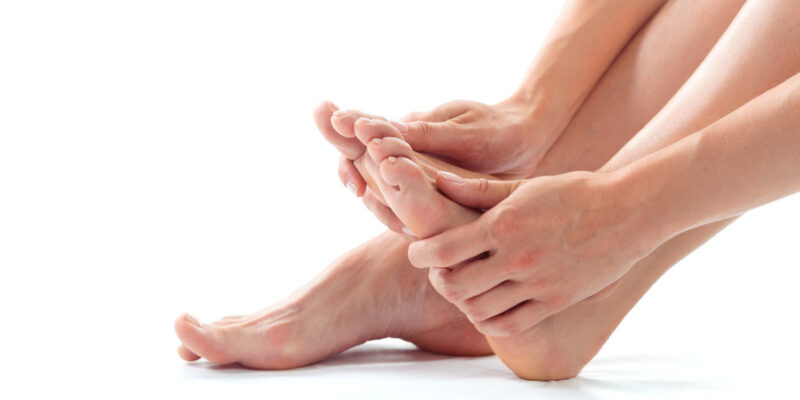In the bustling urban landscape of Singapore, where residents are constantly on their feet, heel pain has become a widespread concern. As of 2023, more people than ever are experiencing discomfort in their heels, hindering their daily activities and overall quality of life. This article aims to raise awareness about heel pain in Singapore, shedding light on its signs, causes, and effective solutions to help individuals lead pain-free lives.
Understanding Heel Pain
The Prevalence of Heel Pain in Singapore
Singapore’s dynamic lifestyle often involves extensive walking and standing. Unfortunately, this very lifestyle contributes to a rising incidence of heel pain among its residents. According to recent surveys, nearly 20% of Singaporeans encounter some form of heel pain at some point in their lives. This prevalence emphasizes the necessity of addressing this issue.
Common Signs and Symptoms
Heel pain can manifest in various ways, making it essential to recognize the signs early. Common symptoms include:
- Sharp, stabbing pain: Often felt with the first steps in the morning.
- Tenderness and swelling: Around the heel area.
- Difficulty walking: Especially on hard surfaces.
- Pain after prolonged sitting: Such as at a desk or during a movie.
- Limited ankle flexibility: Especially noticeable when trying to point the toes upward.
The Causes of Heel Pain
Plantar Fasciitis
One of the leading causes of heel pain in Singapore is plantar fasciitis. This condition occurs when the plantar fascia, a ligament that supports the arch of the foot, becomes inflamed or damaged. Risk factors include obesity, improper footwear, and excessive physical activity.
Achilles Tendinitis
Achilles tendinitis, the inflammation of the Achilles tendon, can also lead to heel pain. This condition often arises from overuse, improper footwear, or sudden increases in physical activity.
Heel Spurs
Heel spurs, bony growths at the bottom of the heel bone, can be another source of discomfort. These growths typically develop over time due to strain on the foot’s muscles and ligaments.

Solutions for Heel Pain
Conservative Treatment
For most individuals experiencing heel pain, conservative treatments can provide significant relief. These may include:
- Rest: Reducing activity to allow the foot to heal.
- Ice: Applying ice to reduce inflammation.
- Orthotic Inserts: Wearing custom or over-the-counter inserts for better arch support.
- Stretching Exercises: Engaging in gentle stretches to improve flexibility.
Medical Interventions
In more severe cases, medical interventions may be necessary, including:
- Physical Therapy: Targeted exercises to strengthen the foot and improve mobility.
- Corticosteroid Injections: To alleviate inflammation and pain.
- Extracorporeal Shock Wave Therapy: Using shock waves to stimulate healing.
- Surgery: Reserved for cases that do not respond to other treatments.
Conclusion
As Singaporeans continue to lead active lives, heel pain remains a prevalent issue that should not be ignored. Recognizing the signs and causes of heel pain is the first step toward finding relief. Whether through conservative treatments or medical interventions, individuals in Singapore can take proactive measures to ensure they enjoy a pain-free and active lifestyle. By raising awareness about heel pain and its solutions, we can collectively take a step in the right direction toward a healthier, pain-free future.
























Comments